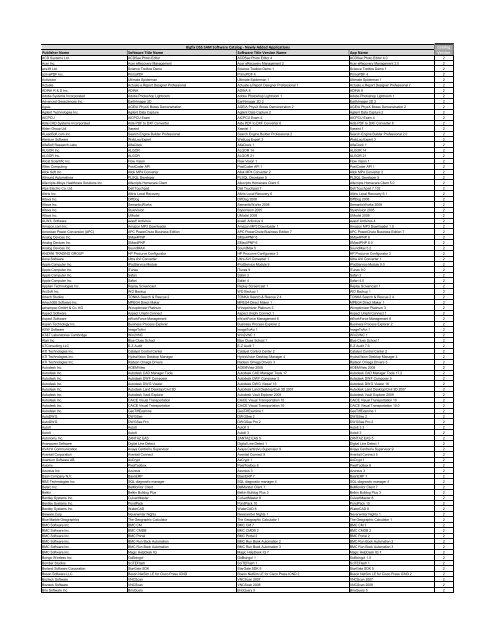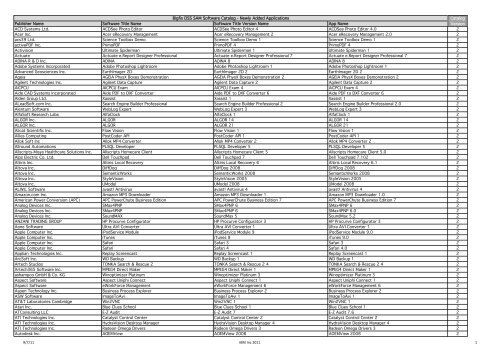

Decades of research have taught us a great deal about the broad range of cognitive functions to which it contributes, the factors that limit its precision, and most recently, its neural correlates – yet the specific nature of the mechanisms and representations that underlie working memory remain hotly contested. Working memory, or the ability to actively maintain and manipulate information in the service of cognition, is a core cognitive construct implicated in a diverse range of higher cognitive abilities. Implications of these findings are considered for four prominent theories of working memory. Taken together, these experiments provide convergent evidence for a dissociation of articulatory suppression from the two irrelevant sound conditions. Articulatory suppression was found to be most consequential when it coincided with item presentation, while both irrelevant speech and irrelevant nonspeech effects were strongest when limited to the subsequent delay period. In Experiment 2, the specific timing of interference was manipulated in a delayed serial recall task.


Within a principally frontal and left-lateralized network of brain regions, articulatory suppression caused an increase in activity during item presentation, while both irrelevant speech and nonspeech caused relative activity reductions during the subsequent delay interval. Experiment 1 examined fMRI signal changes induced by each type of irrelevant information while subjects performed a probed recall task. We describe a neuroimaging experiment using fMRI, and a companion behavioral experiment, both seeking to adjudicate between alternative theoretical models of working memory based on the effects of interference from articulatory suppression, irrelevant speech, and irrelevant nonspeech. Working memory is believed to play a central role in almost all domains of higher cognition, yet the specific mechanisms involved in working memory are still fiercely debated.


 0 kommentar(er)
0 kommentar(er)
